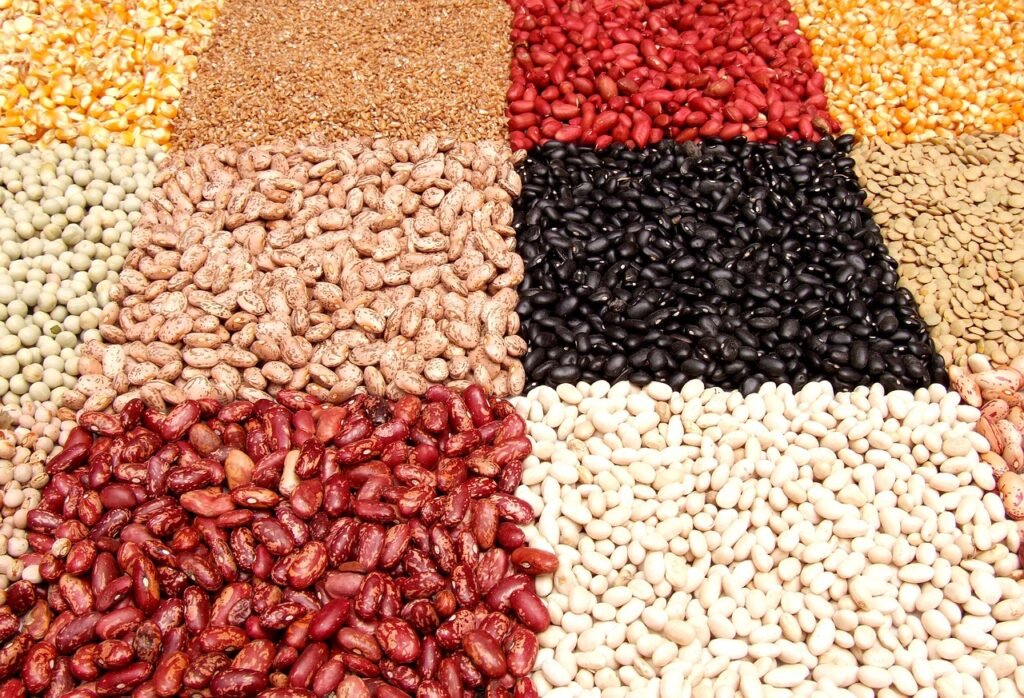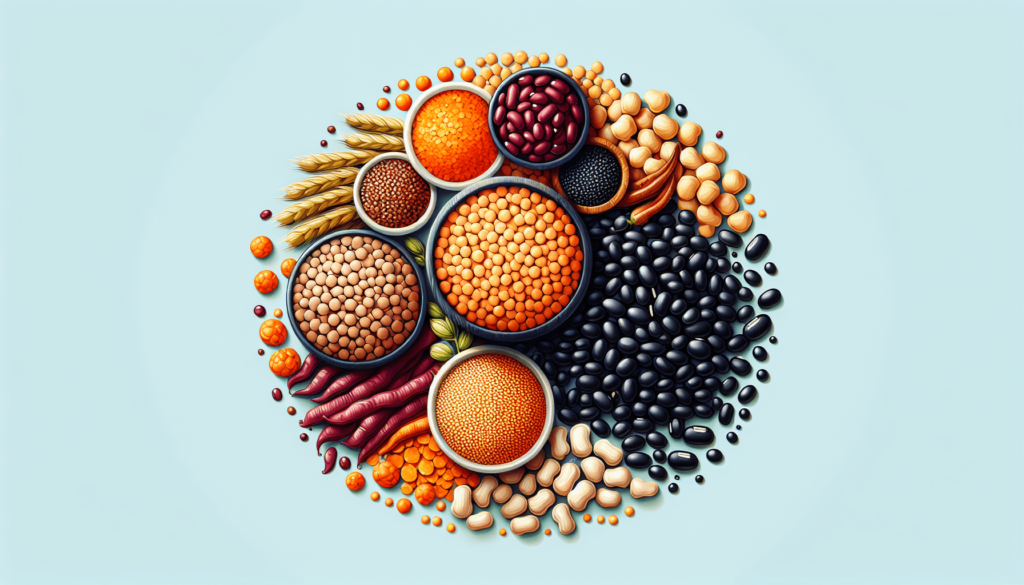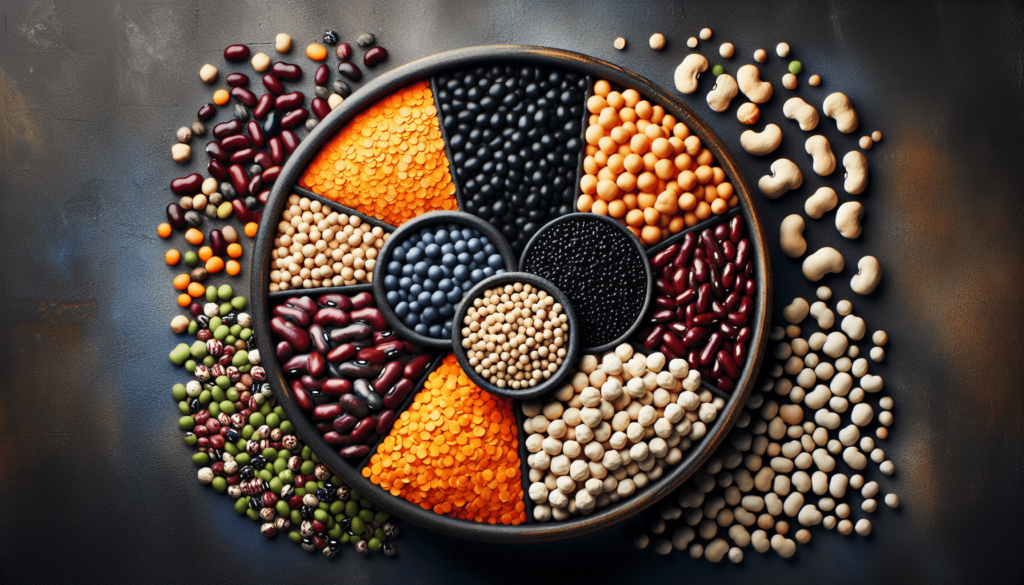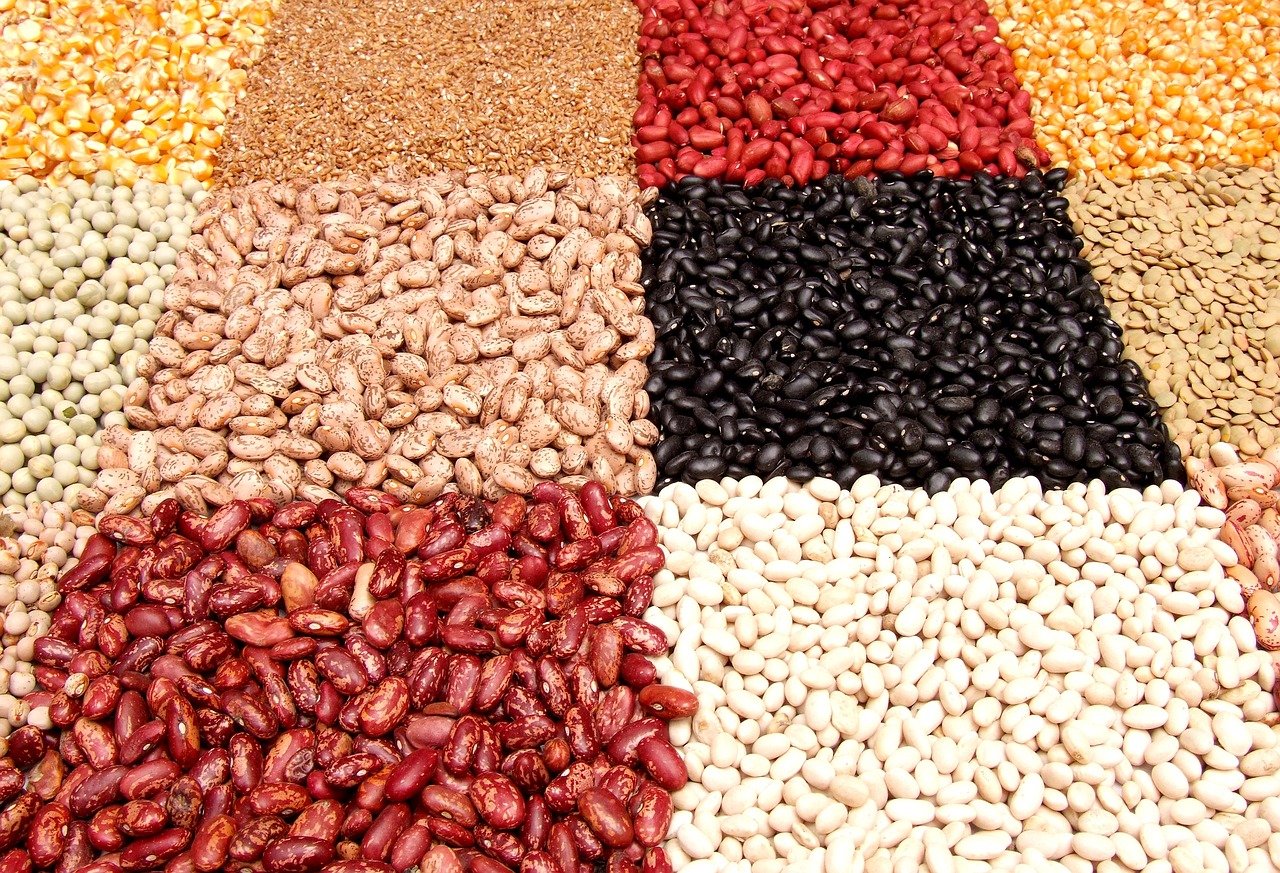Welcome to a fascinating exploration of the role of legumes in promoting satiety and aiding in weight management within the context of gut health. Legumes, such as beans, lentils, and chickpeas, are not only delicious and versatile but also packed with nutrients that can help you feel full and satisfied. By taking a closer look at how legumes interact with your gut microbiota and impact processes like digestion and appetite regulation, you can discover the incredible benefits they offer for maintaining a healthy weight and promoting overall wellness. So, grab a bowl of your favorite legume-based dish and let’s delve into the science behind these powerful little pulses!
How Do Legumes Contribute To Satiety And Weight Management In The Context Of Gut Health?
Have you ever wondered why legumes are often recommended for those looking to manage their weight or improve their gut health? In this article, we will explore how legumes can help you feel fuller longer, support weight management goals, and promote a healthy gut microbiome. So, grab a bowl of your favorite legumes, sit back, and let’s dive into the world of legumes and their impact on satiety, weight management, and gut health.
What Are Legumes?
First things first, let’s talk about what legumes actually are. Legumes are a group of plants that produce seeds in pods. Some common examples of legumes include beans, lentils, chickpeas, and peas. These plant-based protein sources are not only nutritious but also versatile in cooking, making them a popular choice for both vegetarians and meat-eaters alike.
When you consume legumes, you are not only getting a good dose of protein but also fiber, vitamins, and minerals that are essential for overall health. Legumes are low in fat and calories, making them a great addition to a balanced diet, especially if you are trying to manage your weight.

This image is property of pixabay.com.
Satiety: Feeling Fuller Longer
One of the key benefits of incorporating legumes into your diet is their ability to promote satiety, or the feeling of fullness after a meal. This can be particularly helpful if you are trying to control your calorie intake and avoid overeating.
Legumes are high in fiber, which takes longer to digest than simple carbohydrates, helping to slow down the rate at which food moves through your digestive tract. This slow digestion process can help you feel fuller for longer periods of time, reducing the likelihood of snacking on unhealthy, calorie-dense foods between meals.
Additionally, the protein content in legumes can also contribute to feelings of fullness. Protein is known to be a more satiating macronutrient than carbohydrates or fats, so including legumes in your meals can help you stay satisfied and prevent excessive calorie consumption.
Next time you’re feeling hungry between meals, reach for a snack that includes legumes, such as hummus with carrot sticks or a lentil soup. You’ll be surprised at how long you can go without feeling the need to eat again.

This image is property of pixabay.com.
Weight Management: Supporting Your Goals
If you are on a weight management journey, legumes can be your best friend. As mentioned earlier, legumes are low in fat and calories but high in fiber and protein, making them a nutrient-dense food choice that can help you reach and maintain a healthy weight.
The fiber content in legumes not only aids in promoting satiety but also plays a role in regulating blood sugar levels and preventing spikes and crashes that can lead to cravings for unhealthy foods. By including legumes in your meals, you can help stabilize your blood sugar levels and avoid the dreaded post-meal energy crash.
Furthermore, the protein in legumes can help support muscle growth and repair, especially when combined with strength training exercises. Building and preserving muscle mass is essential for maintaining a healthy metabolism and burning calories throughout the day.
Whether you are looking to lose weight, maintain your current weight, or gain muscle mass, incorporating legumes into your diet can help you achieve your goals more effectively and sustainably.

This image is property of pixabay.com.
Gut Health: Nourishing Your Microbiome
Now, let’s talk about the impact of legumes on your gut health. The health of your gut microbiome, which consists of trillions of bacteria that reside in your digestive system, plays a crucial role in overall health and well-being.
The fiber in legumes acts as a prebiotic, which means it serves as food for the beneficial bacteria in your gut. When these bacteria feed on fiber, they produce short-chain fatty acids that help nourish the cells lining your intestines and support a healthy gut barrier function.
A healthy gut barrier is essential for preventing harmful substances from leaking out of your intestines and into your bloodstream, which can lead to inflammation and various health issues. By consuming legumes regularly, you can promote the growth of good bacteria in your gut and support a diverse microbiome that is linked to improved digestion, immunity, and mental health.
Incorporating a variety of legumes into your diet, such as black beans, chickpeas, and kidney beans, can help diversify the types of fiber and nutrients that your gut bacteria feed on. This diversity is key to maintaining a balanced and resilient gut microbiome that can adapt to different dietary changes and environmental stressors.

Practical Tips for Including Legumes in Your Diet
Now that you understand the benefits of legumes for satiety, weight management, and gut health, you may be wondering how to incorporate more legumes into your daily meals. Here are some practical tips to help you enjoy the goodness of legumes:
-
Add beans to soups and stews: Whether you’re making a hearty vegetable soup or a comforting chili, adding beans such as black beans, kidney beans, or chickpeas can boost the fiber and protein content of your dish.
-
Make homemade hummus: Whip up a batch of hummus using canned chickpeas, tahini, lemon juice, and garlic. Enjoy it as a dip with fresh veggies or spread it on whole grain toast for a nutritious snack.
-
Try meatless swaps: Replace meat with beans or lentils in dishes like tacos, stir-fries, and pasta sauces. Not only will you reduce your calorie and fat intake, but you’ll also increase your fiber and protein consumption.
-
Snack on roasted chickpeas: Toss canned chickpeas with olive oil and your favorite seasonings, then roast them in the oven until crispy. These crunchy snacks are a great alternative to processed chips and crackers.
-
Experiment with different varieties: Don’t be afraid to try new legumes that you may not be familiar with, such as beluga lentils, cannellini beans, or adzuki beans. Each type of legume offers unique flavors and textures to keep your meals exciting.
By incorporating these tips into your meal planning and preparation, you can enjoy the nutritional benefits of legumes while exploring new flavors and culinary experiences. Remember to listen to your body and adjust your legume intake based on your individual preferences and dietary needs.

Conclusion
In conclusion, legumes are a powerhouse of nutrients that can help you feel fuller longer, support your weight management goals, and nourish your gut microbiome. By including a variety of legumes in your diet on a regular basis, you can reap the many benefits they offer for overall health and well-being.
Whether you’re aiming to shed a few pounds, maintain a healthy weight, or simply improve your digestive health, legumes can be a valuable addition to your meals. So, the next time you’re planning your grocery list or meal prep, be sure to include some of your favorite legumes and get creative with how you incorporate them into your dishes.
Remember, a healthy diet is all about balance and variety, so don’t forget to enjoy a wide range of foods along with your legumes to ensure you’re meeting all your nutritional needs. Your body will thank you for the nourishment and care that legumes provide. Cheers to your health and happiness!

